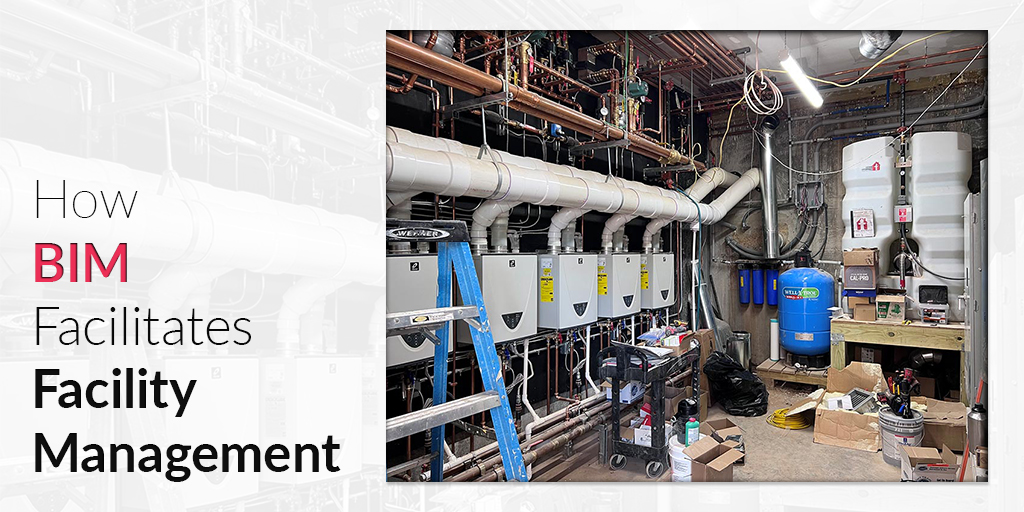Facility Management Solutions-- Optimize Your Building's Performance
Facility Management Solutions-- Optimize Your Building's Performance
Blog Article
The Crucial Overview to Center Administration: Techniques for Success
Facility administration plays a vital function in the overall success of a company, functioning as the backbone that sustains productivity, safety and security, and effectiveness. By employing calculated strategies such as incorporated technological solutions and cultivating cross-departmental partnership, companies can substantially enhance their functional foundations. The subtleties of effective center management prolong past mere logistics and call for a comprehensive understanding of both measurable and qualitative metrics. As we explore these crucial techniques, a closer exam reveals exactly how they can change not just facilities, yet the actual culture within an organization itself. What might these transformations appear like in technique?
Recognizing Center Monitoring
What comprises effective center management? Reliable center monitoring incorporates the control of numerous business features to make sure that developed atmospheres are risk-free, effective, and favorable to performance. It integrates the principles of style, organization, and design administration to produce a seamless operational flow within a company.
Crucial element of facility administration consist of room planning, maintenance management, and conformity with wellness and safety and security regulations. Space planning focuses on optimizing making use of physical sources to sustain organizational goals, while maintenance administration makes sure that centers are maintained in ideal problem, maximizing lifespan and decreasing functional prices. Conformity with lawful and governing criteria is critical, as it safeguards the company versus possible responsibilities and enhances its credibility.
Additionally, effective facility management counts on the critical use modern technology, such as Building Administration Equipment (BMS) and Computer-Aided Facility Administration (CAFM) devices. These innovations help with real-time monitoring of structure systems and simplify upkeep processes (Facility Management). Ultimately, a thorough approach to center administration not only advertises functional efficiency yet additionally promotes a positive setting for workers and visitors alike, driving overall business success

Secret Strategies for Optimization
Enhancing facility management requires a strategic technique that lines up functional exercise with organizational purposes. To achieve this, the initial essential method is the execution of integrated technological services. Using innovative software systems enables for real-time tracking of center operations, promoting data-driven decision-making and improving overall efficiency.
Secondly, routine evaluations of center efficiency are crucial. Performing regular inspections and audits makes it possible for facility supervisors to recognize locations that require enhancement, making sure that sources are assigned effectively. This positive strategy aids in decreasing downtime and boosting solution distribution.
An additional essential approach is cultivating cooperation across departments. By encouraging open interaction in between groups, facility supervisors can much better align their strategies with organization goals, resulting in improved operational harmony. Furthermore, engaging staff in training programs advertises a society of responsibility and enhances their ability to add to optimization efforts.
Enhancing Safety Methods
Reinforcing security protocols is essential for developing a safe environment within centers. A detailed safety method not only secures visitors and staff members however additionally improves operational performance. Facility Management. To accomplish this, facility managers have to conduct regular risk analyses to make sure and identify prospective hazards that appropriate actions are in area

Additionally, clear communication channels must be established to report safety concerns promptly. This consists of developing an obtainable system for staff members to articulate prospective dangers or events without worry of reprisal. Leveraging modern technology can improve safety and security steps; for example, implementing surveillance systems and access controls aids keep track of facility tasks and restrict unapproved entrance.
Lastly, conformity with regional laws and sector requirements is non-negotiable. Normal audits and evaluations of safety methods guarantee alignment with present laws and ideal practices. By focusing on these techniques, center managers can grow a society of safety and security that safeguards all stakeholders and eventually adds to the organization's success.
Improving Work Environment Atmosphere
A positive workplace environment substantially enhances staff member morale and performance, making it a crucial focus for facility management. To create such a setting, facility supervisors need to prioritize numerous crucial elements, consisting of ergonomics, looks, and employee engagement.
Ergonomic factors to consider are vital to reduce physical pressure and pain. This entails supplying flexible furnishings, proper lighting, and adequate area for motion. These changes can bring about reduced absence and enhanced task contentment.
Aesthetics play an important duty fit the workplace ambience. Utilizing shade psychology, all-natural illumination, and greenery can foster a boosting and inviting setting. Thoughtfully developed rooms can improve creative thinking and improve total health.
Furthermore, motivating employee engagement via comprehensive decision-making processes can enhance the feeling of ownership and belonging. Gathering responses on workplace enhancements and involving workers in the design procedure can bring about an extra tailored environment that fulfills their requirements.
Finally, promoting health efforts, such as wellness programs and leisure areas, can further add to a supportive work environment culture. By concentrating on these approaches, center supervisors can properly enhance the workplace setting, driving both worker fulfillment and organizational success.
Measuring Success in Facilities
Gauging success in facility management calls for a detailed method that assesses both qualitative and measurable metrics. Quantitative metrics typically consist of essential efficiency signs (KPIs) such as space use rates, power usage, upkeep expenses, and tenancy levels. These metrics give a clear image of functional effectiveness and financial performance, allowing facility supervisors to determine locations for improvement and standard against industry criteria.
Qualitative metrics, on the other hand, concentrate on customer fulfillment and staff member interaction. Studies and feedback systems can determine how well the centers meet the requirements of residents, visit this web-site aiding to evaluate the general office environment. This element is critical, as a pleased labor force is usually linked to boosted performance and retention rates.
To efficiently measure success, facility supervisors need to also think about incorporating modern technology, such as building administration systems and data analytics devices, to accumulate and assess relevant data. Regularly evaluating both sets of metrics enables an extra well balanced sight of performance and informs critical choices. Ultimately, an effective facility monitoring method hinges on a commitment to constant improvement, making certain that both operational efficiencies and user complete satisfaction are prioritized.

Verdict
In final thought, reliable facility administration is critical for improving business efficiency. By executing incorporated technological services, performing regular evaluations, and cultivating partnership across departments, organizations can accomplish optimum resource allowance and functional effectiveness. Focusing useful site on safety protocols and boosting office settings additionally add to enhanced worker fulfillment. Lastly, measuring success through both qualitative and measurable metrics enables continual improvement, inevitably bring about minimized operational expenses and a much more efficient organizational environment.
Center monitoring plays a critical role in the overall success of an organization, serving as the backbone that supports efficiency, effectiveness, and safety.Key components of center administration include space preparation, upkeep administration, Facility Management and compliance with health and safety laws.In addition, efficient facility management counts on the calculated use of technology, such as Structure Administration Systems (BMS) and Computer-Aided Center Administration (CAFM) tools. Inevitably, a detailed method to facility monitoring not only advertises functional efficiency yet likewise fosters a favorable environment for visitors and workers alike, driving overall business success.
Ultimately, an effective facility monitoring technique hinges on a commitment to continuous enhancement, ensuring that both functional efficiencies and customer complete satisfaction are focused on.
Report this page